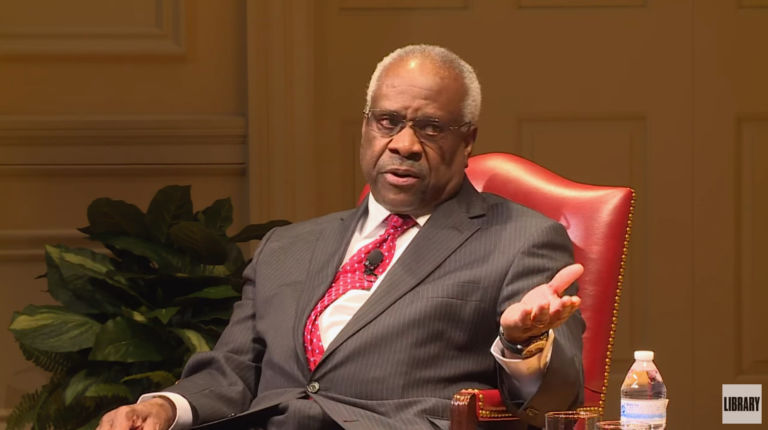1. McCrory’s "all of the above" energy policy defies economic and common sense
"Bringing onshore wind production to North Carolina is part of my ‘all of the above’ energy strategy."
Governor Pat McCrory in announcing the taxpayer and rate payer subsidized wind power plant to be built in Eastern, NC
Imagine that you are the CEO of a company, and there are several different materials or technologies that you can use to produce your product. For example, it is not unusual that a product can be made using steel, aluminum, or plastic. Within those categories, it can be made using different grades and combinations of those materials. There is also probably a range of technologies that can be used depending on the materials that are chosen. What would you do? As any prudent, profit maximizing CEO would do, you would choose the productive inputs — materials, technologies, etc. — that best suit your customers’ needs while minimizing the business’s costs of production.
If asked about this, probably the most ridiculous answer that that you could give, one that would lead your board of directors to seriously question your competence, would be "I’m going to pursue an all of the above strategy." The only time "all of the above" would be the right answer is if, as in taking a multiple-choice exam, all of the possibilities were equally correct. But that is rarely if ever the case in making prudent business decisions, and it is certainly not the case when choosing how and from what sources electricity should be generated. Yet that is the strategy that the governor is pursing as a matter of public policy and, in supporting subsidies and renewable energy mandates, it is the strategy he is suggesting that electricity producers pursue in choosing what inputs and technologies should be used in producing their product.
In fact it is difficult to know what "all of the above" even means, since electricity can be generated by anything that contains energy, which is just about everything. This means that politicians and bureaucrats have to decide not only what the "all" in all of the above actually is but what the "above" is, since all of the different technologies for converting stuff to electricity cannot feasibly be subsidized and mandated. This means that the industries that give the largest campaign contributions, or have the most lobbyists on Jones Street, or can muster the most support from special interest and pressure groups will decide what bundle of options will go into the category of "all of the above."
Consistent with the prudent business model as opposed to the politics driven "all of the above" approach taken by the governor, North Carolina state government should adopt energy policies that allow utility companies and other generators of power to choose whatever energy sources offer the least expensive and most reliable power to their customers. In other words, the governor should not be pursuing an economically unsustainable "all of the above" policy but a market driven "get out of the way" policy.
A get out of the way policy would imply no subsidies or mandates and no regulations aside from those that protect the health and safety of North Carolinians. In such a setting, energy producers would likely focus on two things, costs and reliability. Clearly this will not produce a market that would include anything like the "all of the above" energy market envisioned by the governor, which is why he feels that subsidies and mandates, i.e. use of government force, are so important.
What is likely to emerge over time, given the cost of resources and the technology needed to convert those resources into usable power, is a few of the above. And it would certainly not be either the role of policy makers or within the competence of government bureaucrats to look at those results and decide that some sources that do not end up being part of the mix should be there. Of course, this requires restraint, humility, and the willpower on the part of politicians like the governor to refrain from using the power at their disposal.
2. Ozone Report
The 2015 ozone season began on April 1 and, as I have been doing since this newsletter was started, each week during the ozone season this newsletter will report how many, if any, high ozone days have been experienced throughout the state during the previous week, where they were experienced, and how many have been recorded during the entire season to date. (Note: ground level ozone, which is what we are reporting on is often called "smog.") According to current EPA standards, a region or county experiences a high ozone day if a monitor in that area registers the amount of ozone in the air as 76 parts per billion (ppb) or greater. The official ozone season will end on October 31. All reported data is preliminary and issued by the North Carolina Division of Air Quality, which is part of the state’s Department of Environment and Natural Resources. Thus far this season there have been three high ozone days recorded on any of the state’s 42 monitors. All three occurred on June 25.
The table below shows all of North Carolina’s ozone monitors and the high reading on those monitors for each day of the 7-day period, July 6-12.

Click here for the Economics & Environment Update archive.
You can unsubscribe to this and all future e-mails from the John Locke Foundation by clicking the "Manage Subscriptions" button at the top of this newsletter.


